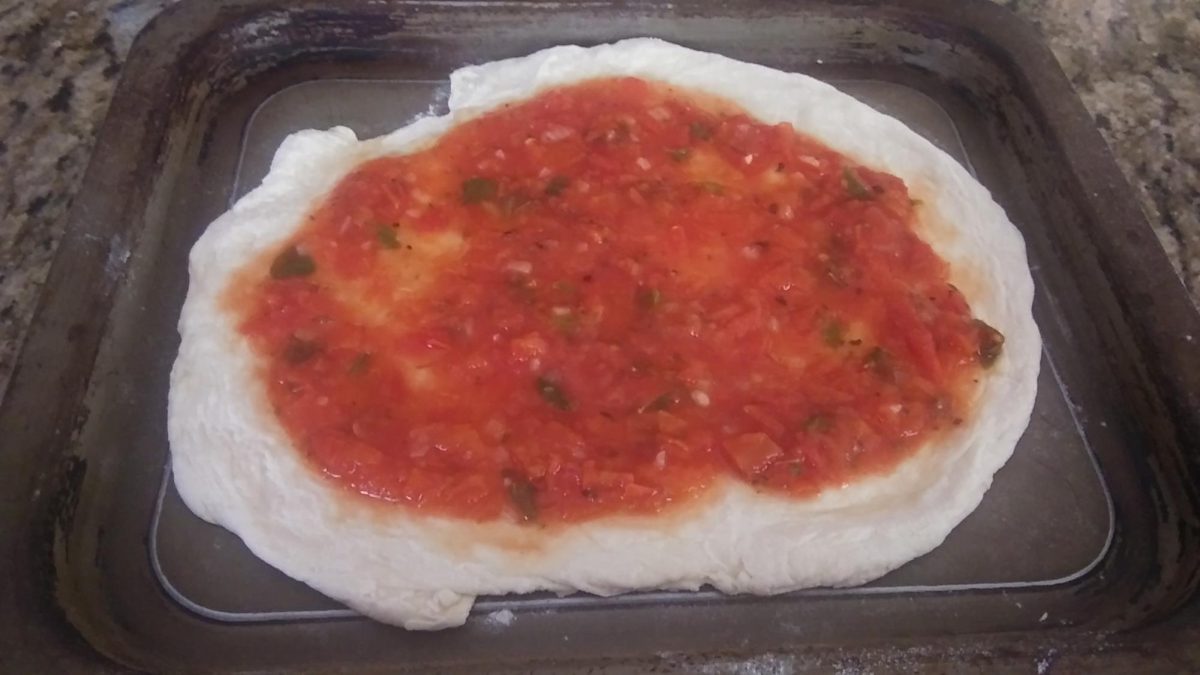The Money Behind Kyler Murray’s NFL Vs. MLB Decision
January 25, 2019
For most 21-year-olds, the decision of what to do after college can be uncertain. But things are a little different for Oklahoma quarterback Kyler Murray, who has two high-profile jobs begging him to choose their business. That is the multi-billion dollar worlds of professional baseball and football. Murray already has the potential to be a star in either the MLB or the NFL and has a strong track record to prove as such.
As a quarterback, Murray took home the Heisman Trophy, college football’s premier award, this past season after taking over the reins from last season’s winner (and number one pick in the NFL Draft) Baker Mayfield.
Like Mayfield, Murray’s height (a modest five-feet-nine-inches) is often one of the first things questioned in the football debate. Mayfield has thus far proved any doubters of this wrong, having a solid season as the Browns’ signal caller.
While Murray may have fewer accolades as an outfielder than as a quarterback, being selected ninth overall in the MLB draft is nothing to shake a stick at. The Oakland A’s would not put as much stock into Murray if they did not believe he could be a star in today’s game.
Though love for the game might make the decision between football and baseball for Murray, comparing the money is an equally enticing road to go down.
Murray inked a deal with the Athletics with a 4.66 million dollar signing bonus, should he choose to stick with baseball.
That type of money is life-changing for a kid fresh out of college, but things get a little trickier after that.
Murray, a prospect in baseball who has not swung a bat since June, is not nearly ready to jump into the major league. He would have to spend time in the minors, as any and every professional baseball player does.
The discrepancy in pay from minor to major league baseball is shocking, and while this does not apply to everyone on the roster, those who are unable to break into the major leagues are usually not living as lavishly.
A recent bill passed from Congress made this disparity even worse.
This past May, hidden in a 2,000-page spending package, was an act that allows minor league clubs to continue to pay their players less than minimum wage. Now, this applies to ballplayers who are projected to be far less talented than Murray on the baseball field.
But the MLB draft has seen busts in the past, and if Murray’s “untapped potential” is tapped out long enough, there is a chance he won’t make the type of money a star MLB player might.
In the NFL, quarterbacks can make or break a franchise and teams are usually more than willing to shell out the money for one they drafted.
Looking back at last season’s draft, the quarterback pool was ripe with talent, as five were selected in the first round. From top to bottom, all five made more than Murray’s signing bonus. Mayfield is making just shy of 34 million dollars, largely in part to a 22 million dollar signing bonus.
On the other side of the spectrum, Lamar Jackson of the Baltimore Ravens, who was selected with the last pick of the first round, had a signing bonus of roughly five million dollars.
Though the money may be better in the NFL, that may not be the factor in Murray’s decision. But whichever path he chooses, he has the potential to be a game-changer.






